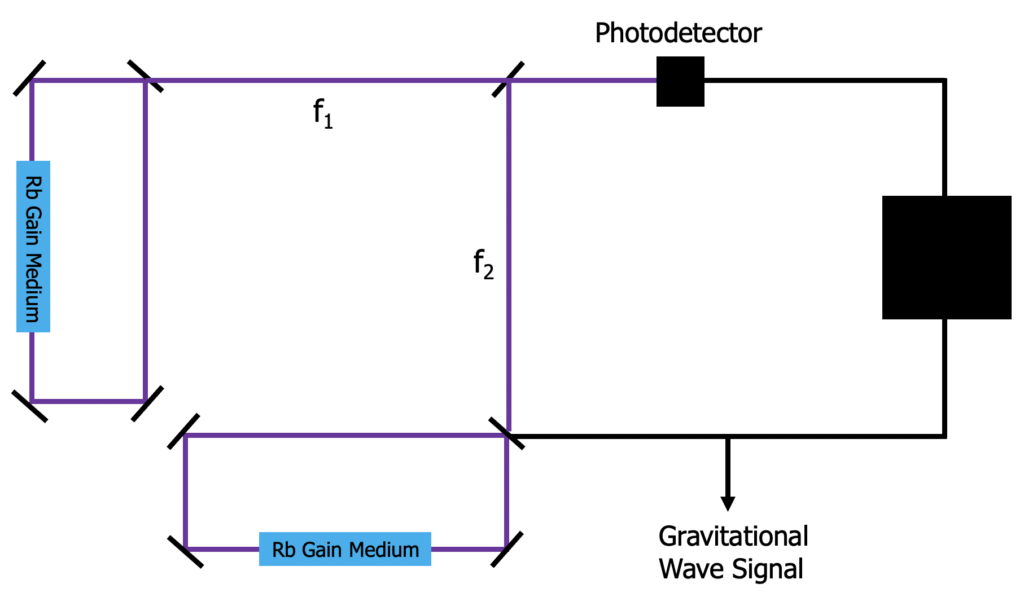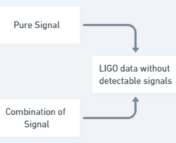The Undergraduate Research series is where we feature the research that you’re doing. If you are an undergraduate that took part in an REU or similar astro research project and would like to share this on Astrobites, please check out our submission page for more details. We would also love to hear about your more general research experience!
Scott Mackey
University of California, Los Angeles (UCLA)

Scott C. Mackey is a senior astrophysics major at UCLA with an interest in instrumentation. This work is the continuation of a summer REU project at Northwestern University’s Center for Interdisciplinary Exploration and Research in Astrophysics with Prof. Selim Shahriar. The project was presented as a poster at the 237th Meeting of the American Astronomical Society.
Current observations of gravitational waves rely on Michelson interferometers like those used in the LIGO or VIRGO detectors. These consist of lasers several kilometers long which interfere when space is expanded or contracted by incident gravitational waves. Besides the large costs and other challenges associated with constructing detectors on the scale of thousands of meters, another drawback is that their measurements are limited in precision by fundamental quantum noise. In order to solve both the size and noise problems, we are exploring the use of a gravitational wave detector based on the use of so-called superluminal lasers. These lasers get their name from the fact that their group velocity is faster than the nominal speed of light. As a result, they exhibit negative dispersion as they propagate and therefore have an ultra-sensitive relationship between their frequency and the length of the cavity through which they travel. When an incoming gravitational wave causes space to stretch or contract, we can use this ultra-sensitive relationship to detect changes in the laser cavity length over distances much smaller than those spanned by the lasers of LIGO and VIRGO. Indeed, we estimate that a detector only 10 meters in length could achieve the same precision as LIGO over a slightly larger band of frequencies. Detectors larger than 10 meters would begin to experience much less quantum noise than LIGO for greatly improved precision.
In order to aid in the design of this novel detector, I have been running simulations of superluminal behavior to accurately model these lasers and determine which parameters will optimize our use of the lasers–such as cavity size, laser power, and driving frequency–in order to be able to detect a clear gravitational wave signal. Doing this requires many intensive computations on a supercomputer, as the superluminal laser is generated by exploiting 39 Zeeman sublevels in atomic rubidium vapor. Using a special algorithm developed by the Shahriar group, we solve a 39×39 Hamiltonian in order to determine the time evolution of the quantum system that generates the laser. This involves considerations for the coupling between sublevels and the velocity dispersion of the atoms. By running these simulations, we are closer to understanding superluminal lasers and eventually building the gravitational wave detector. Some day, many small gravitational wave detectors of this design may be placed around the world and in space, giving us the opportunity to make significantly more gravitational wave observations.

Astrobite edited by Michael Hammer




